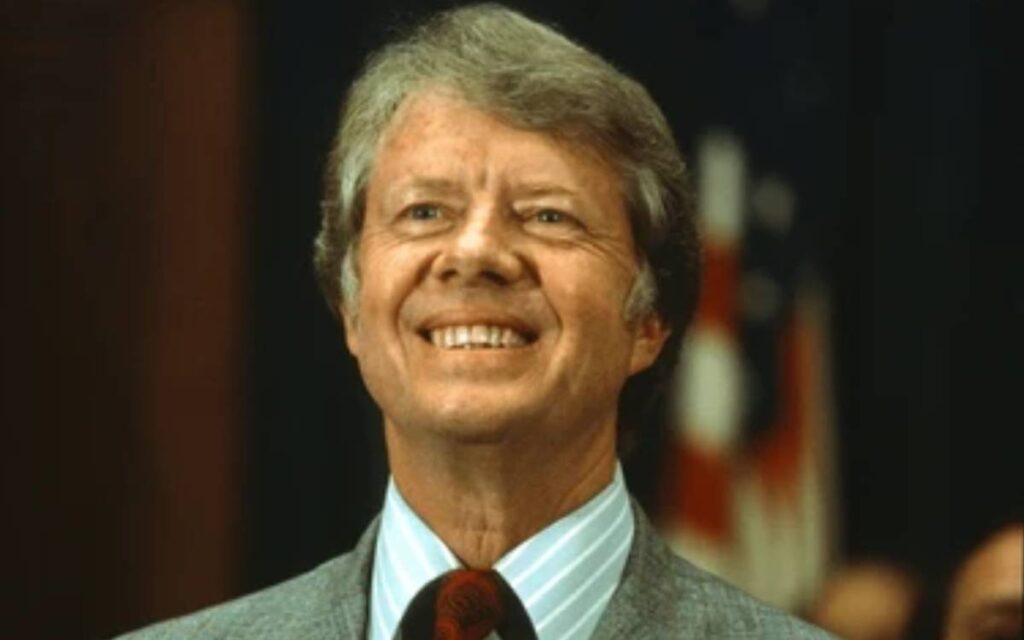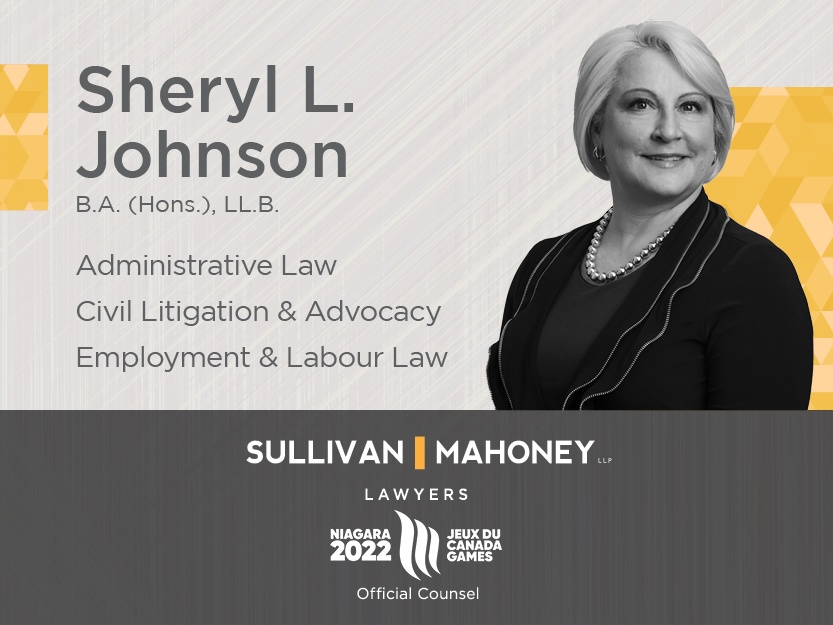
Carter managed to transform his legacy post-presidency. Pictured: President Jimmy Carter. Photo Credit: Shutterstock.
Former U.S. president Jimmy Carter passed away on Dec. 29 at the age of 100. Having left the presidency over forty years ago, those who remember the peanut farmer’s administration with any clarity are at least 60 years old. This author recently turned 62 and followed Carter’s rise to power as a 13-year-old boy with an uncommon interest in American politics. Carter, the governor of Georgia from 1971-75, began a longshot run to the presidency knocking on doors, introducing himself, and telling potential supporters, “My name is Jimmy Carter and I am running for president.” Those closest to him admired his moxie.
Members of the Democratic establishment took small notice of him or his campaign until he shook the party’s timbers in January 1976 winning the most support among the declared candidates at the Iowa caucus. Soon he was leading polls in primaries and caucuses across the country. He finished off most of his opponents by late spring. When the party convened in New York City in July he won the nomination easily over Representative Mo Udall of Arizona and Governor Jerry Brown of California. No nominee had come from such obscurity to capture his party’s nomination and the presidency. Born in Plains, Georgia in 1924, Carter would rise to the highest office after a career in the Navy and several years as head of his family’s peanut farm.
The Carter presidency began optimistically on Jan. 20, 1977. This author recalls the Carters abandoning their limousine mid-route during the Inaugural parade and walking amongst the crowds, reinforcing Carter’s common touch. He carried his bags, reduced the formality of the presidency and scaled back the imperial nature of the office. His fireside chats were designed to peel back the wall between the chief executive and the average citizen. Carter had strong approval ratings during his first year in office, bringing a refreshing change after the Watergate years and Richard Nixon.
By 1978 Carter had immersed himself in the Middle East and worked hard to broker a peace treaty between Egypt and Israel. The Camp David Accords, signed in September 1978, represented the peak of the Carter presidency. Soon multiple issues were at the door, creating mayhem for the administration. Inflation and the economy flustered the presidential team and led to losses in the congressional races that year foreshadowing what would become a drubbing in 1980. Carter also faced a lot of opposition inside his party. Many considered him far too conservative in his efforts to wrestle with inflation, disliked his deregulation policies and perceived a lack of enthusiasm for federal workers and their labour demands.
In 1979, Carter’s third year as president, he faced open mutiny as many Democrats encouraged Senator Ted Kennedy to launch a challenge to the incumbent. Polls showed Kennedy way ahead and in a strong position to deny the president’s renomination. External developments further complicated Carter’s prospects. The revolution in Iran that sent the Shah into exile returned Ayatollah Khomeini to power after 16 years of living in France. Soon after Khomeini consolidated his leadership hostages were taken at the American embassy in Iran and America looked weak and helpless in the face of a small nation far away. Carter’s handling of the crisis initially helped his effort to fend off Kennedy. However, as the crisis dragged on and a rescue attempt ended badly in the desert, Kennedy’s campaign caught fire and the race for delegates narrowed.
Some maneuvering at the convention in August 1980 helped Carter sneak through with enough delegates to defeat Kennedy. Nonetheless, anyone who watched the culminating night of the convention saw a visibly aloof Kennedy share the stage with Carter but the damage had been done. Carter worked hard to re-establish his roots within the old Democratic coalition, striving to heal hard feelings with union workers, playing up Ronald Reagan’s alleged racism, and claiming only he could achieve a lasting peace in the Middle East. After the late campaign debate between the two candidates Americans chose change and Carter returned to Georgia as a private citizen in January 1981.
This author will not debate that Carter’s post-presidency was better than his presidency and may be one of the best presidential retirements in history. Lasting for almost 44 years, Carter’s years as an ex-president included two decades before he was invited back to speak at a national convention. He interfered with American foreign policy enough to infuriate administrations from both sides. Bill Clinton won the presidency in 1992, twelve years after Carter lost it. The first Democratic president after Carter had little interest in igniting a long-lost partnership. As Michael Duffy and Nancy Gibbs put it in The President’s Club, “…Carter’s advice was not sought and his presence not welcome.” Eventually, the two did patch things up and Carter ran a few errands for Clinton to North Korea and beyond. It took years of relentless diplomacy, work at the Carter Center (part of Carter’s Presidential Library in Atlanta) and time to finally heal the wounds.
When he died on Sunday the epitaph once feared had dissipated. Instead of a failed presidency, a one-term disappointment, Carter had overcome his four years in office. People understood that his influence post-presidency had set a great example for leaders and citizens. He had lived modestly, maintained his faith, prioritized his family, and worked for peace.
Since leaving the White House Carter taught a Sunday School class at Maranatha Baptist Church in Plains, Georgia until his recent illness. Fox News, commenting on this regular gathering said that Carter always welcomed visitors, sat or stood for photos with them and never left until everyone who wanted a picture received one. Carter will be feted over the next few days. Today’s leaders will extol his virtues, downplay his shortcomings, and celebrate his importance. Even the New York Stock Exchange and Nasdaq plan to close on Jan. 9 for a National Day of Mourning.
The eloquent words of Paul in his letter to Timothy undoubtedly represent what people should remember about James Earl Carter of the state of Georgia. Found in 2 Timothy 4:7-8, the passage states, “7 I have fought the good fight, I have finished the race, I have kept the faith. 8 Now there is in store for me the crown of righteousness, which the Lord, the righteous Judge, will award to me on that day—and not only to me, but also to all who have longed for his appearing.”
Godspeed President Carter.

Dave Redekop is a retired elementary resource teacher who worked part-time at the St. Catharines Courthouse as a Registrar until being appointed Executive Director at Redeemer Bible Church in October 2023. He has worked on political campaigns since high school and attended university in South Carolina for five years, earning a Master’s in American History with a specialization in Civil Rights. Dave loves reading biographies.






